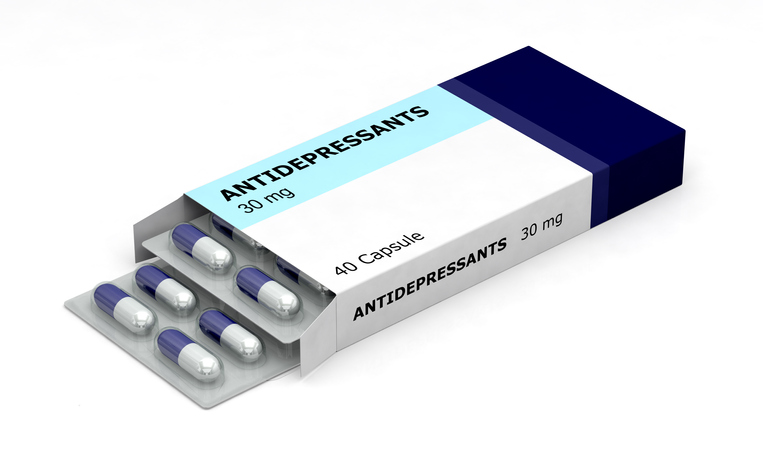Treatments
What to Expect in a Pain Reprocessing Therapy (PRT) Session

What is Pain Reprocessing Therapy (PRT)?
Chronic pain can be caused by tissue damage or structural problems in the body. However, it can also occur after the body has healed due to changes that occur in the brain. When pain sensations are repetitive, neural pain networks in the brain become strengthened and sensitized. This leads to “learned” chronic pain. The brain processes pain as dangerous, which in turn, causes more pain. This is known as the “pain-fear-pain” cycle. It should be noted that even though the pain is brain-generated, the sensations are the same as pain that develops from tissue damage or structural issues.
The goal of pain reprocessing therapy (PRT) is to reduce or eliminate pain by training the brain to reprocess pain signals as safe. PRT aims to break the pain-fear-pain cycle. In order for PRT to be successful, a medical professional must first confirm that no injury or medical condition is causing the pain. If no physical cause is present, PRT may help reduce or eliminate pain sensations.
Components of pain reprocessing therapy
Somatic tracking is the primary technique used in PRT. Somatic tracking includes three elements; mindfulness, reappraisal of pain sensations, and positive emotion generation. PRT itself has five different components.
- Educating
Medical professionals will educate regarding neuroscientific origins of pain, the cycle of pain, and its reversible nature. This allows acknowledgment of painful sensations as being safe. - Differentiating between structural and chronic pain
The provider will help with the thought process that the pain is not due to an injury or disease. For example, instances of pain that occurred without the presence of an injury or illness may be recalled. - Interrupting the pain-fear-pain cycle
Various exercises that interrupt the “pain-fear-pain cycle” will be practiced. This helps to approach pain without becoming trapped in the cycle. - Lowering threat levels
Negative emotions, trauma, and destructive behaviors that may impact pain levels or obstruct progress will be identified. This helps accelerate new progress. - Shifting to “safety mode”
Once other threats are isolated and pain is seen as a neutral entity, the medical professional will encourage positive sensations and feelings. This helps with producing new associations with pain.
What to expect
Pain reprocessing therapy most typically consists of eight individual one-hour sessions, which encompass the following:
- Recognizing proof of centralized pain
- Assessing pain sensations by actions that are feared will cause pain
- Learning methods to confront emotions that increase pain
- Acquiring techniques that promote positive emotions and increase compassion for oneself



















